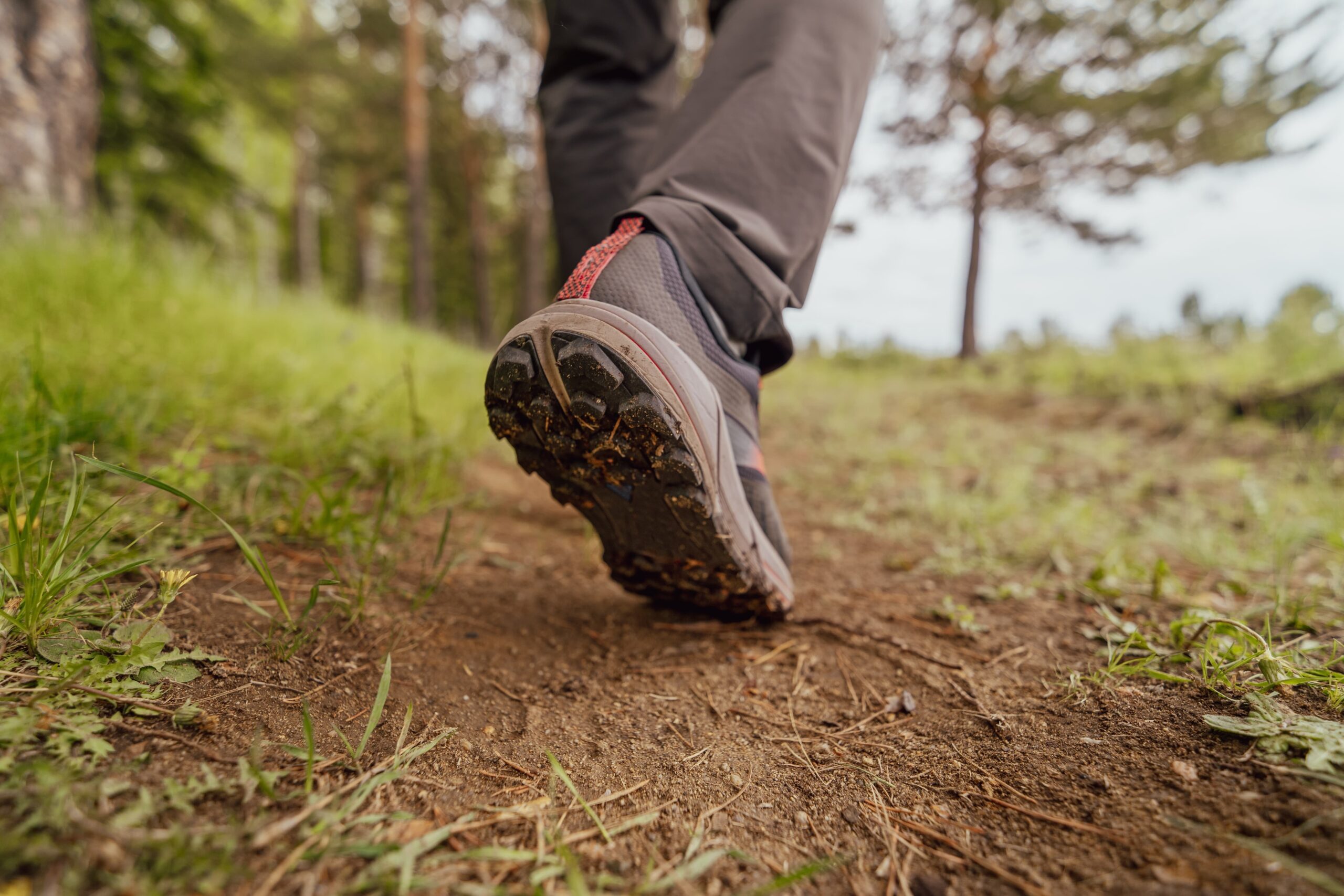How Nature Walks Aid Mental and Physical Recovery
TL;DR: Short, consistent nature walks recovery sessions can calm the nervous system, lift mood, and reduce cravings. Below you’ll find why walks help, how to start safely, ways to use them with treatment, and tips to make the habit stick.
Important note: Inspire Recovery Center provides inpatient treatment and addresses mental health only in conjunction with substance use. For program details, visit Services or Admissions.
Few tools are as accessible as a walk outside. Done consistently, nature walks recovery routines can steady mood, reduce stress hormones, improve sleep, and make coping skills easier to use. You don’t need a mountain trail—nearby parks, tree-lined streets, or community paths work.
Why Nature Walks Help Recovery
- Stress down: Green spaces and natural sounds can reduce stress reactivity and support attention. See research summaries from APA and NIH reviews.
- Mood up: Light activity boosts endorphins and can ease anxiety and depression symptoms.
- Craving control: Walks create a “pause”—time to breathe, urge surf, or call support before reacting.
- Sleep support: Morning daylight anchors the circadian clock, helping nighttime sleep.
How to Start Safely (and Keep It Simple)
Begin with 10–15 minutes at an easy pace. Add time gradually, aiming for 20–30 minutes most days if your clinician approves. Keep walks comfortable; you should be able to speak in full sentences.
- Route: choose a familiar, well-lit path or park loop.
- Timing: morning or late afternoon often feels best.
- Buddy or check-in: invite a peer or text someone before and after.
- Safety: bring water, charge your phone, and wear supportive shoes.
Use Walks with Your Treatment Plan
Walking is powerful when paired with the rest of your care. Try these integrations with nature walks recovery time:
- Breath + walk: 60–120 seconds of slow nasal breathing, then start moving.
- Skill practice: rehearse a coping script or 5-4-3-2-1 grounding as you walk.
- Connection: schedule a sponsor/peer call during the last 5 minutes.
- Reflection: note one win from the walk; small wins compound.
Make It Stick: Routine & Motivation
- Anchor time: pair your walk with coffee or after lunch—same cue, same place.
- Visible cues: leave shoes by the door and a water bottle on the counter.
- Micro-days count: on low-energy days, walk 5 minutes around the block. Consistency beats intensity.
- Track lightly: check a box on your phone calendar or post-it. Keep the streak visible.
How Inspire Recovery Center Can Help
In residential care, your team can fold walks into your schedule and map safe routes. We’ll help you build a simple plan for the first week after discharge. Explore Services or Contact us with questions.
Bottom Line
Short, repeatable nature walks recovery sessions help the body calm and the mind focus—making therapy skills and support easier to use. Start with a simple route and let the habit grow.
Take the First Step—Literally
Want help building a walk routine inside treatment? Visit Admissions or browse Services to get started.

